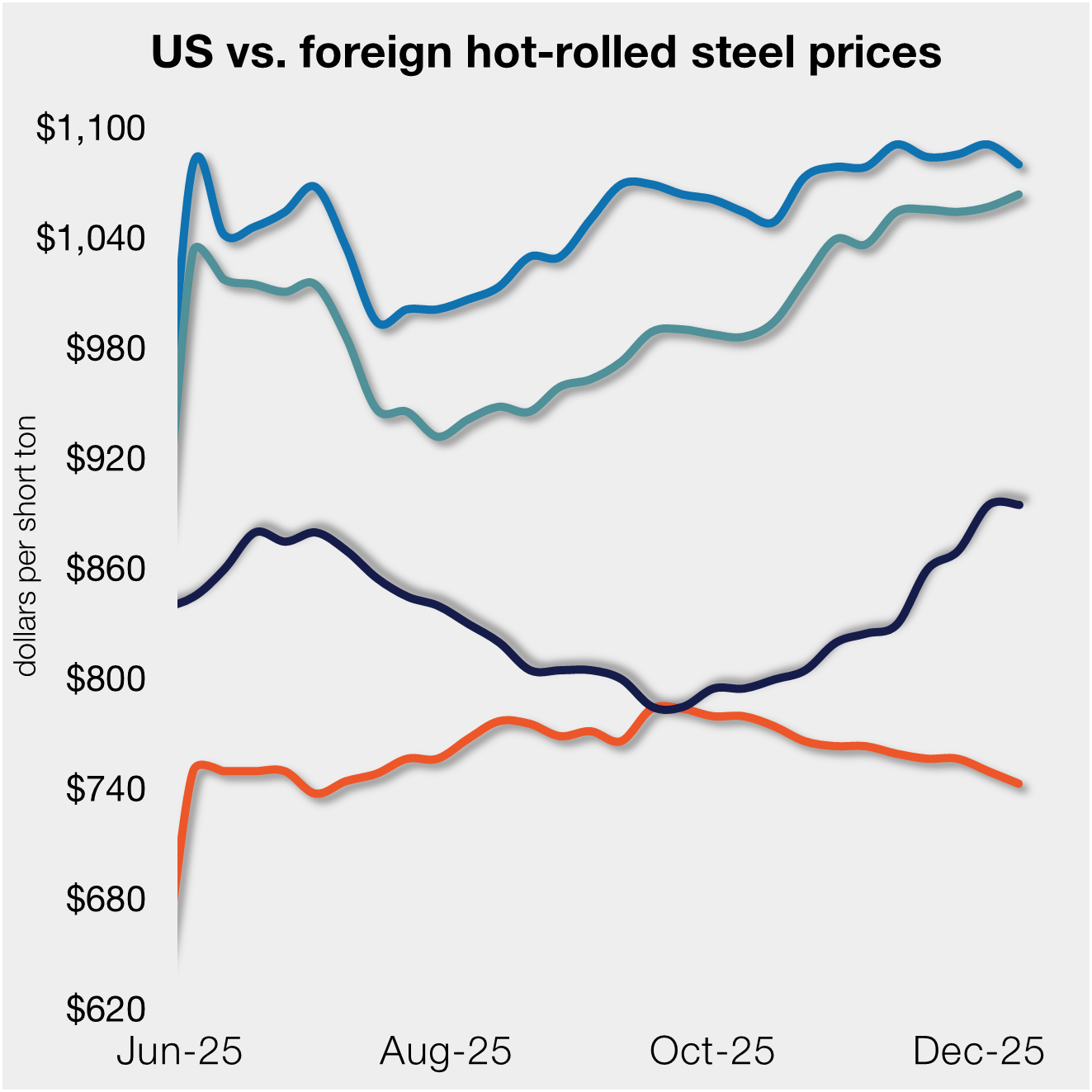Sheet
September 4, 2025
Beige Book: US markets remain cautious amidst volatile pricing environment
Written by Kristen DiLandro
Sluggish economic activity across the US was largely attributed to uncertainty caused by tariff policies and growing cost pressures, according to the US Federal Reserve’s (The Fed) latest Beige Book report.
The Fed’s latest economic report, posted on Sept. 3, consists of economic findings from the six weeks preceding Aug. 25 throughout 12 districts. Economic activity varied by region, but overall economic activity expanded as the labor market slipped slightly. Even as some regional economies showed expansion, tariff-driven rising prices on inputs and consumer goods are inviting market cautiousness.
Since July’s Beige Book report, Boston, Chicago, Cleveland, Dallas, Philadelphia, and Richmond reported modest growth. Atlanta, Minneapolis, New York, and San Francisco all reported modest declines. Activity in Kansas City and St. Louis remained unchanged.
District highlights from the September 2025 Beige Book
Boston
Businesses expanded modestly as home sales increased and prices edged higher, but consumer spending stayed flat. Executives warned tariffs are creating uncertainty that is causing fiscal conservation at the household level.
New York
Regional activity slipped slightly as tariff-related uncertainty weighed down business investment. Firms kept employment steady but reported rising input costs and speedy price pass-throughs to customers.
Philadelphia
The economy posted modest gains, as firms held payrolls steady and wages increased at pre-pandemic rates. Businesses flagged tariffs and looming federal budget cuts as new stressors while price hikes stretched household and small business budgets.
Cleveland
Activity grew slightly, but manufacturers faced flat demand amid uncertainty and retailers saw stalled sales tied to affordability pressures. Companies absorbed robust cost increases while pushing through only modest selling price gains.
Richmond
The region’s activity grew modestly on the back of consumer spending, even as manufacturing activity fell. Employers held staffing levels, wages rose moderately, and service-sector prices increased faster than before.
Atlanta
The district economy declined slightly as households cut back on spending, leisure travel weakened, and manufacturing and transportation contracted. Firms reported steady payrolls and easing wage pressure while prices continued moderate climbs.
Chicago
Economic activity lifted slightly, supported by stronger consumer spending and a pickup in manufacturing. Employers made slight staffing increases, but construction and real estate softened as prices and wages climbed at moderate rates.
St. Louis
Activity and employment remained flat, but wages and prices increased faster than in prior periods. Business leaders pointed to tariffs and tighter immigration policies as key risks and expect price acceleration in the year ahead.
Minneapolis
The district contracted slightly as labor demand softened and consumer spending slipped under rising price sensitivity. Manufacturing output fell unevenly across sectors, while construction and home sales showed small gains and agriculture remained soft.
Kansas City
Activity remained steady, but employers trimmed headcount modestly. Companies saw broad-based input price growth that pushed up selling prices, compressed margins, and caused market expectations to fear sustained cost pressures.
Dallas
The economy expanded slightly, driven by rebounds in nonfinancial services and manufacturing. Employment remained flat, and firms cited persistent price pressures and widespread anxiety over tariffs, immigration restrictions, and high interest rates as chief concerns.
San Francisco
Economic activity eased as agriculture, retail trade, and services weakened alongside a modest manufacturing decline. Employers cut jobs slightly while wages and prices inched up. Real estate and lending remained stable.
The Fed publishes its Beige Book eight times per year. In July, the report showed similar market trends regarding mounting tariff anxieties. The next Beige Book is scheduled for publication on Oct. 15.







